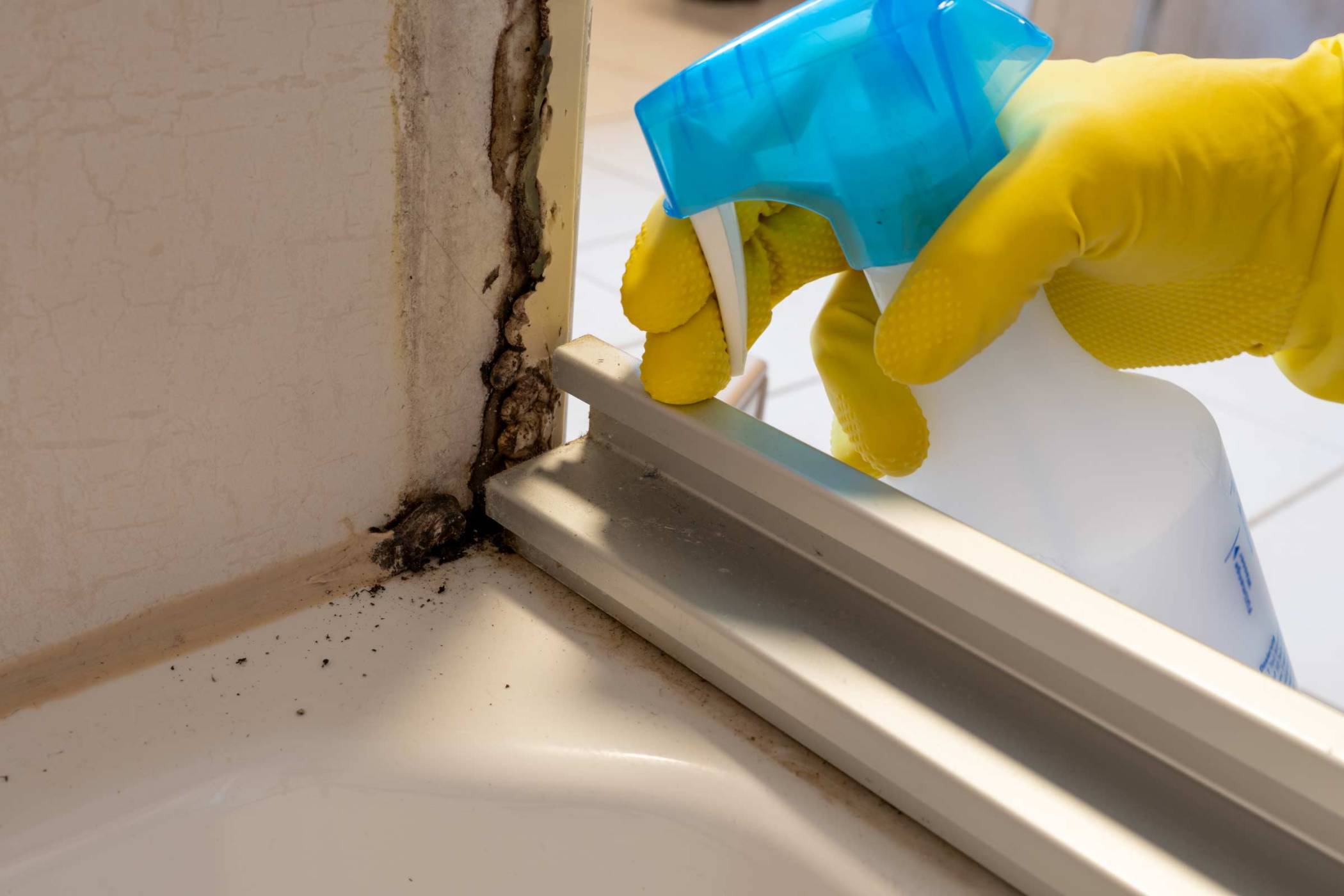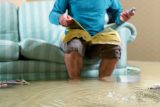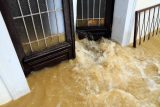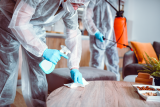How to Prevent Future Mold Growth After Water Damage Restoration
Homeowners
Call Now for 24/7 Emergencies574-385-9111
Posted by: David Sanner 3 weeks ago
After facing water damage, the relief that comes with restoration and cleanup can quickly be overshadowed by the need to prevent future mold growth. Mold not only poses health risks but can also cause significant damage to your property.
In this blog, we share effective mold prevention strategies to ensure your home remains safe and mold-free following water damage restoration.

Understanding Mold Prevention
Mold thrives in moist environments, making post-water damage scenarios a prime breeding ground. To combat this, mold prevention must begin immediately after the restoration process to prevent future mold growth.
Ensure Complete Drying
The cornerstone of mold prevention is thorough drying. Mold can develop within 24 to 48 hours on wet surfaces. Utilize dehumidifiers and fans to accelerate the drying process, paying extra attention to porous materials like wood, drywall, and carpeting. In some cases, it might be necessary to remove and replace these materials to ensure complete dryness.
Use Mold-Inhibiting Products
Once drying is complete, applying mold-inhibiting solutions to affected areas can provide an additional layer of protection. These products are designed to prevent mold spores from taking root and can be applied to walls, floors, and other surfaces vulnerable to mold growth.
Improve Ventilation
Enhancing air circulation within your home can significantly reduce moisture levels, discouraging mold growth. Ensure that areas prone to dampness, like bathrooms and kitchens, are well-ventilated. Consider installing vents or exhaust fans if necessary.
Monitor Humidity Levels
Keeping indoor humidity levels in check (ideally between 30% and 50%) can help prevent mold growth. Use hygrometers to monitor humidity and adjust the use of dehumidifiers accordingly.
Address Leaks Promptly
Water leaks, no matter how minor, can create perfect conditions for mold to flourish. Regularly inspect your home for leaks and address them immediately. Pay close attention to pipes, roofs, and windows, especially after a storm or when the seasons change.
Insulate Surfaces
Condensation on cold surfaces can contribute to moisture accumulation. Insulating pipes, ducts, and windows can help prevent condensation and reduce the risk of mold growth.
Preventing mold growth after water damage restoration is crucial for maintaining the health and integrity of your home. By implementing thorough drying practices, utilizing mold-inhibiting products, improving ventilation, monitoring humidity, addressing leaks, and insulating surfaces, you can create an environment that’s hostile to mold.
Remember, the key to mold prevention lies in controlling moisture. If you suspect mold growth or find the task of prevention overwhelming, consulting with professionals like Lake City Restoration can ensure your home remains safe, dry, and mold-free.
Struggling With Mold Prevention?
Lake City Restoration is here to help. Our experts offer comprehensive mold remediation services to protect your home and health.
Contact us today to learn more about our mold prevention and additional restoration services for your home or business.
Categories:
About: David Sanner
David’s mission is to always provide the best for each customer, using the latest technology and methods with integrity. Owning his own business has given him the freedom to embrace innovation, industry changes, and technological advancements quickly while providing services to a large geographic area.
You May Be Interested In:

Flood Preparedness: Tips for Minimizing Damage Before Restoration
7 days ago by David Sanner

The Role of Professional Restoration in Preserving Valuables After a Disaster
1 month ago by David Sanner

Flood Preparedness: Simple Steps to Protect Your Home
2 months ago by David Sanner

Tips for Safely Handling Biohazard Cleanup in Your Home
3 months ago by David Sanner
Are You Currently Having an Emergency?
Whether you’re having an emergency now or you’ve recently found damage, we’re ready to help 24/7! Call us now or reach out to our contact page.